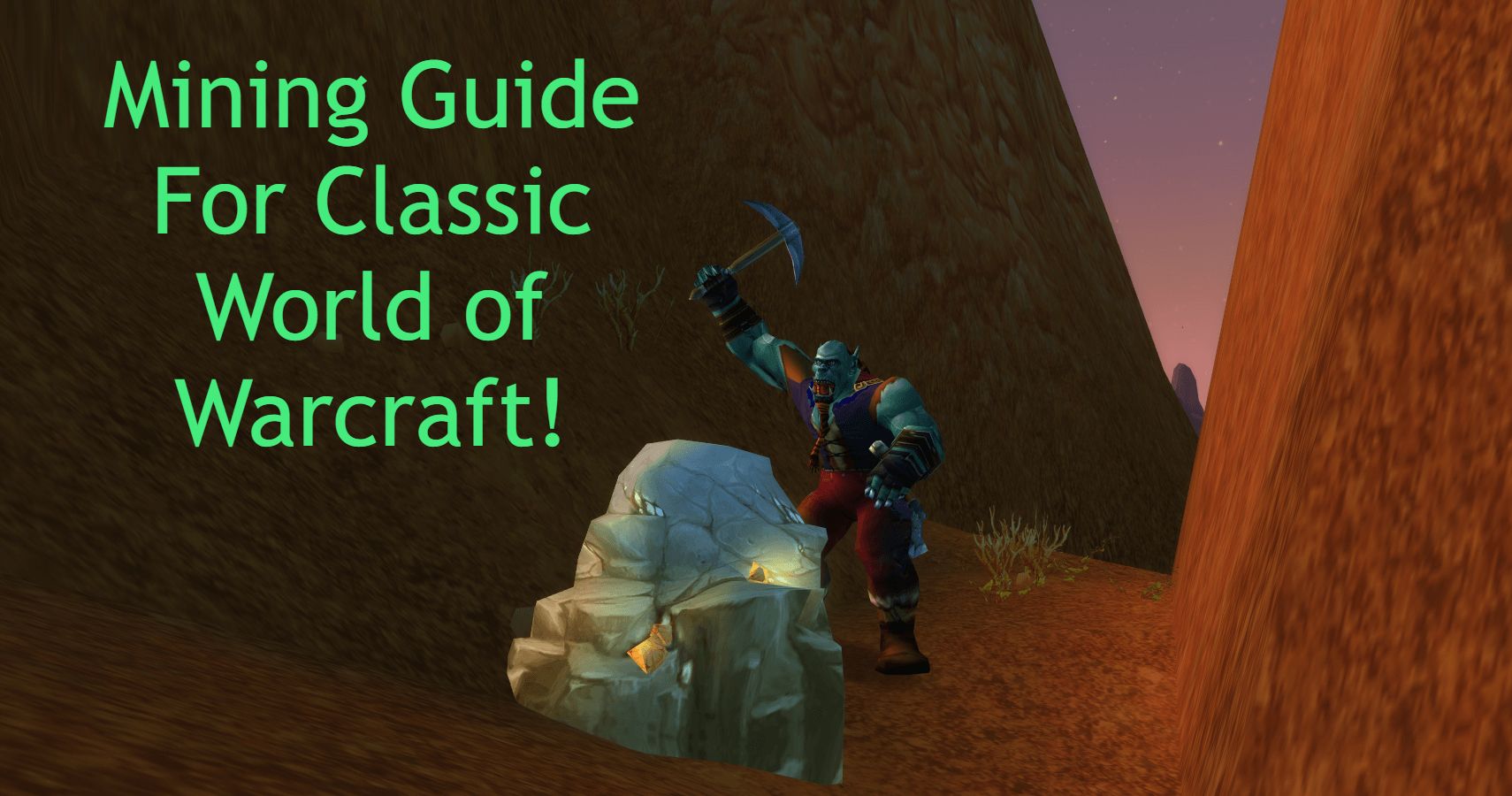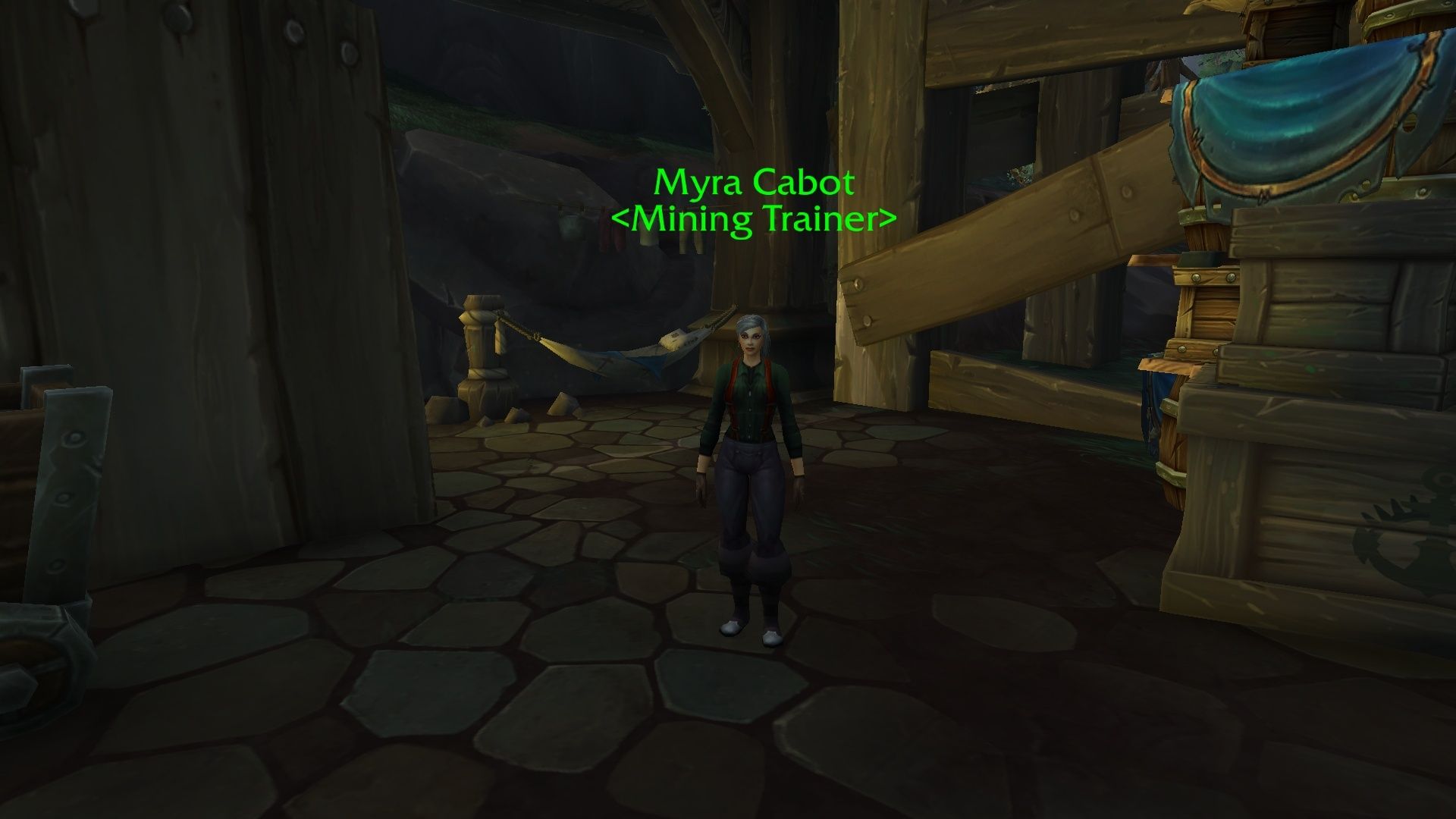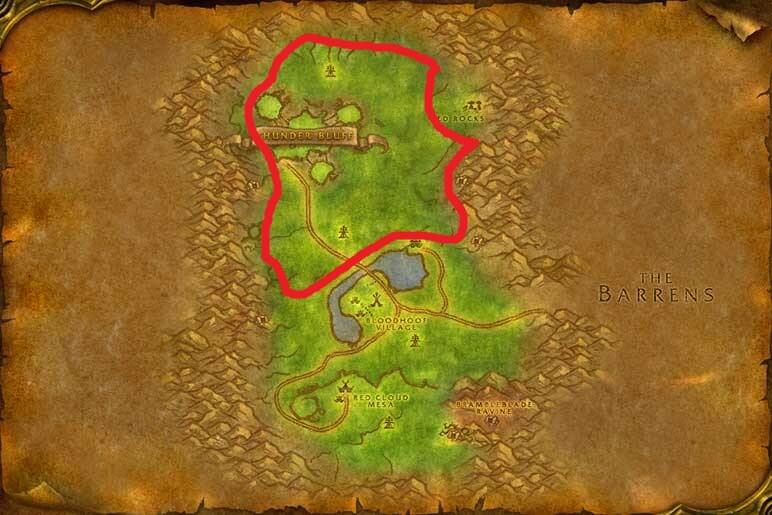Of all the gathering professions in World of Warcraft: Classic, Mining may be the least attractive at first glance, but can be one of the most important. The process is simple enough, just gather ore from veins, but compared to Tailoring and Skinning, a player must usually plan to go farming for ore along planned routes in order to advance their Blacksmithing or Engineering professions. Eventually, Mining also becomes essential for Jewelcrafting, but it is important to note that this profession does not exist in World of Warcraft: Classic.
Mining Trainers And Tools
All one needs is a Mining Pick, which can be found at any Trade vendor near a Mining Trainer. Those individuals to train you are also located in every major city.
Alliance Mining Trainers:
- Gelman Stonehand in Stormwind City, the Dwarven District
- Geofram Bouldertoe in Ironforge, at the Great Forge
- Yarr Hammerstone in Dun Morogh, Steelgrill's Depot
- Dank Drizzlecut in Dun Morogh, Gol'Bolar Quarry
- Brock Stoneseeker in Loch Modan, Thelsamar
- Matt Johnson in Duskwood, Darkshire
- Kurdram Stonehammer in Darkshore, Auberdine
Horde Mining Trainers:
- Makaru in Orgrimmar, The Valley of Honor
- Krunn in Durotar, Razor Hill
- Brek Stonehoof in Thunder Bluff, central bluff
- Brom Killian in the Undercity, War Quarter, inner ring
- Johan Focht in Silverpine Forest, The Sepulcher
Similar to Herbalism and Skinning, a player's mining level will determine if they can mine a node. As a result, you may need to revisit low level areas often to farm mineral nodes to progress from 1-300. Otherwise you will find nodes in higher level areas that cannot be mined.
Finding Nodes
Unlike cloth, which drops from humanoids, and Herbs, which litter the map and are found in all directions, Mining requires planning. Using the Find Minerals skill, which is provided to your character when you take the Mining profession, you will begin to see a pattern as to where Mineral nodes spawn.
For the most part, Mineral nodes appear only around cliffs, dig sites, and inside of caves. This can lead to some frustration as your mini map provides only a two-dimensional top-down view of an area, and in caves with multiple levels, you may be left scratching your head looking for a vein that is either located above or below you.
One of the best ways then to mine efficiently is not to stand around a cave waiting for a few nodes to respawn, but to create a route in maps with rocky cliffs and run in a loop. Take the image below of a mining route for Mulgore. Notice how about three-quarters of the map has you moving alongside the mountainous barrier where nodes will spawn, and only the bottom is spent running without the chance to see any minerals.
A few laps around can yield a good amount of Minerals, but this can feel repetitive and boring. This is why we consider Mining the least attractive of the gathering professions, because skinning can be done while questing as you often need to slay beasts, and herbs litter the map anywhere one goes.
In addition, farming in these routes can sometimes feel like a waste of time because other players are also doing the same thing as you. If you are a minute or so behind another player, they are mining away, and you are running around wondering why there are no nodes available. You may wait around for a respawn to continue your route but sitting idly by is not something most players enjoy.
For this reason, farming for mineral nodes is often best left for obscure hours in your region, either very late or early when other characters are not around.
Etiquette
Perhaps the most frustrating part of gathering is that once a player tags a node, be it Mineral or Herb, another player cannot also use it for the materials or to level up their profession. Players may recall during vanilla the frustration felt as one fought their way through a cave, past a few mobs to get to a vein of minerals, only for another player to swoop in and mine it for themselves. This is known as a jerk move, and we are not jerks.
The same is true in dungeons, such as the Deadmines. Party etiquette is often to ask if anyone else is a miner, and if so, to split the nodes rather than hog them all for oneself.
Professions That Go Well With Mining
Blacksmithing is perhaps the most obvious, to make hardened steel for weapons and armor to protect yourself, but Engineering is also a popular choice. There are likely few of either profession at the start of Classic, mainly because the leveling process is slow, and Engineering is probably the most expensive profession to level in the entire game because it requires a broad type of materials apart from what one receives from mining. Still, it is by far, the most fun profession.
If you are instead looking to make gold while leveling, which is a good idea because the expensive cost of a mount at both level 40 and 60, then consider taking any other gathering profession to sell materials on the Auction House. Skinning or Herbalism along with Mining means that you will constantly be collecting a combination of leather, herbs, ore, and cloth that comes from humanoids to sell at the Auction House, and that may be a smart choice at first.




